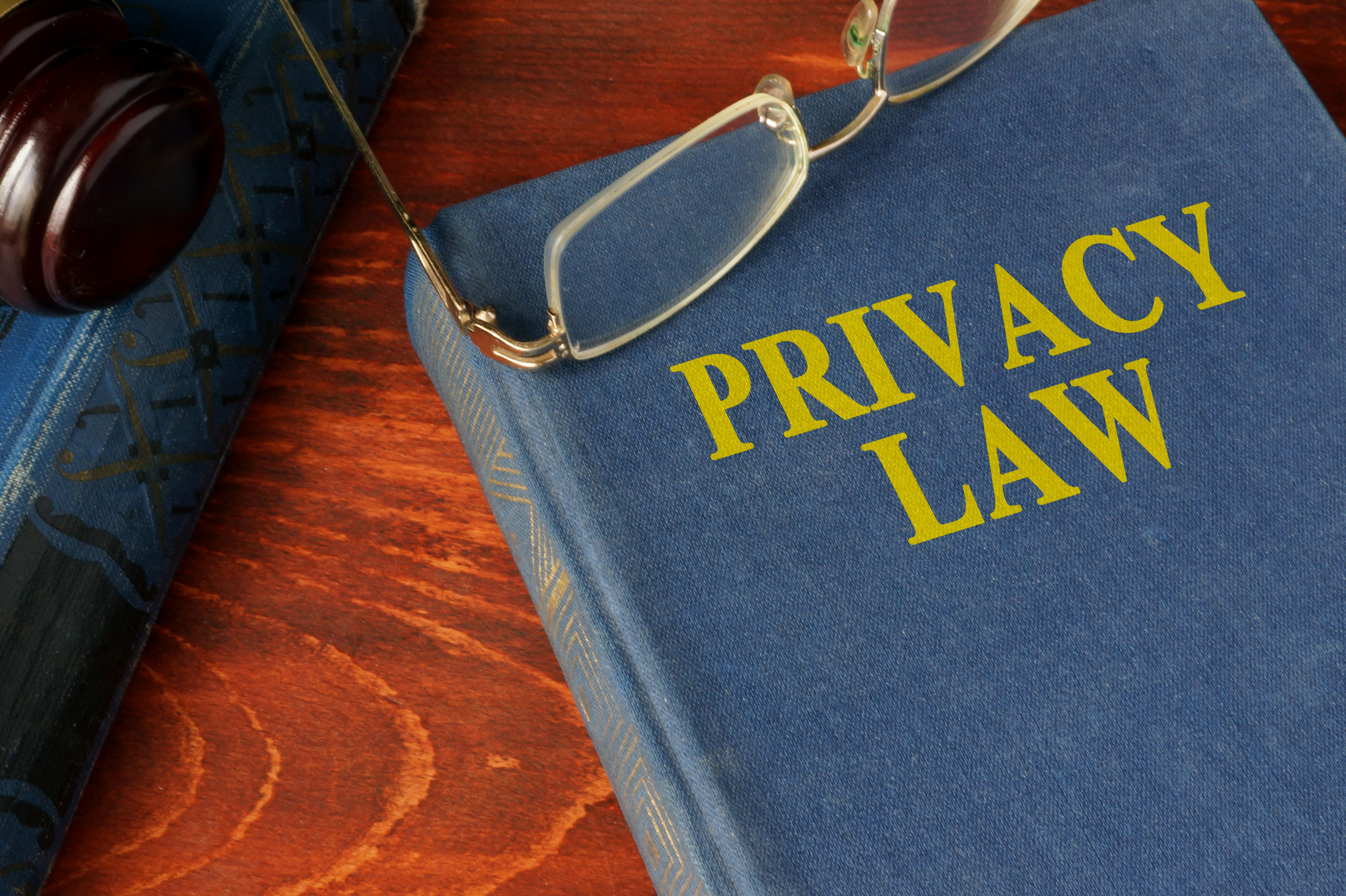Why is Everybody Talking About Data Clean Rooms These Days?
Everybody is talking about data clean rooms (aka data bunkers) these days. Industry pundits can’t write enough stories about them. Many of the big industry players, like LiveRamp and Snowflake are actively marketing them, and new players, like Habu are entering the market.
Why their popularity? Clean rooms are largely seen as a privacy complaint (i.e. cookie free) way to do marketing initiatives and campaign measurement and attribution. Clean rooms are by no means a panacea to the challenges marketers will face once Google Chrome begins blocking third-party cookies, but they certainly are an important tool in the enterprise marketers’ tool kit, and well worth knowing about.
What Are Data Clean Rooms?
Data clean rooms are secure, protected environments where personally identifying information (PII) data is stripped and processed so that it can be made available for a variety of data analysis purposes. The processing performed by the data clean room produces anonymized byproducts of the PII data, which can then be combined with data about individuals or households from different sources, all without revealing their identities.
Here’s where data clean rooms earn their privacy creds: access, availability and usage are agreed to upfront by the parties entering into the clean room deal, and control and maintenance (i.e. data governance) of those agreements are enforced by the clean room provider. This framework ensures that one party can’t see the other party’s data, thus meeting GDPR’s mandate that consumer data can’t be shared without consent.
Clean rooms also power data governance tools, allowing brands to use their data for multiple purposes (discussed below) and be fully confident it is protected to their exacting standards.

Clean Room Use Cases
Clean rooms have many existing use cases, both for marketing and other sectors, such as medical research. What’s more, brands are pushing the envelope, finding new and creative uses for clean rooms every quarter.
Here are some of the more popular ones used by digital advertisers and marketers today.
Customer Profile Enrichment
Let’s say a brand wants to develop richer profiles about their customers by layering on additional data from third-party sources so that they can understand their needs and interests in order to provide better service. While they want insights they also want to limit what they ‘know’ about each person to what is absolutely necessary. A clean room allows a brand to get rich and strategic insights, i.e. “show this customer content A, not content B,” or “this customer probably prefers feature C,” or “this customer is likely to upgrade with Offer D.” These actionable insights can be gleaned without requiring the brand to onboard and merge into their CRM database with the hundreds of data items that went into the algorithm that made the prediction or recommendation.
For instance, a streaming service may want to know a lot more psychographic data on its top viewers so it can target like-minded people in its marketing campaigns. The service can enter a clean room with ShareThis, Experian or some other data provider, which then appends what it knows (i.e. audience segment) about the streaming service’ customers.
With this insight in hand, the streaming service can use this information to segment customers into groups based on interests. This customer interest data will also be very helpful in informing promotional activities and creating personalized experiences.

Audience Overlap Analysis
This use case is for brands that want to know which customers they have in common in order to do some sort of marketing initiative. Their CRM data is fully anonymized, and the clean room provider assigns a new ID for each customer record. Next, it creates a list of customers the brands have in common. Each partner receives a list of IDs that match to their own customers back from the clean room.
Let’s use an example of an airline and a hotel. The airline will receive a list of their own customers who happen to also be the customers of the hotel, and vice versa. They are then free to engage in various co-marketing activities, such as the airline sending a special offer to their customers about your hotel.
For EU customers, user consent may be required by GDPR since this application of the clean room is for “processing” data for marketing purposes. Check with your corporate council prior to entering a clean room for this purpose.

Campaign Measurement and Attribution
This use case is all about setting up “mini walled gardens,” and many publishers are actively embracing clean rooms for this purpose.
Let’s say a marketer purchased eight million impressions from the New York Times, and wants to know if those ads placed delivered good campaign results. The New York Times uploads a list of fully anonymized users who were presented with the brand’s ads (which they know from their ad server). Meanwhile, the brand uploads a list of fully anonymized users who landed on the campaign landing page. The clean room then analyzes the overlap and presents it to the marketer, who can make an informed decision on the campaign efficacy.

User Scoring Analysis
Let’s say Brand A would like to sell its products to another Brand B’s customer base, and promises to pay a commission for each sale. Brand B thinks it sounds good, but wants to know: how much am I likely to make?
Brand A can answer that question because through the years it has developed a sophisticated algorithm that looks at various customer attributes and scores them based on their propensity to buy, and lifetime value. Like all algorithms, it gets smarter as time goes by, so Brand A is pretty sure it can accurately predict how much commission Brand B will earn.
But like every responsible company, Brand B is loath to open up its CRM data to an outside party. Customers provide that data in confidence. To meet Brand B’s very legitimate data governance concerns, Brand B uploads its anonymized CRM data into a clean room, and Brand A runs its algorithm against the data. The customers are scored, commissions are calculated, and Brand A presents Brand B with an estimate. If they decide to move forward with a joint marketing initiative, Brand B will offer Brand A’s products to its customers.
A note: these descriptions are highly generalized. Every clean room provider has its unique way of working with data. Many don’t require you to “upload” your data at all, but will work with the data where it lives. We generalized in order to illustrate the kinds of use cases and insights that are possible.

A Way Forward, and Then Some
Clean rooms are an emerging technology that’s seen as a useful strategy for cookie-free targeting in some scenarios. Clean rooms allow data to be brought together to capture the power of the combined dataset without exposing the identities of the individual people to any of the contributors. The only outputs from the clean room are aggregate insights, e,.g. customers who have done X should be offered Y. There are many useful applications for clean rooms, which makes them one of the more exciting new tools in the marketer’s arsenal.




